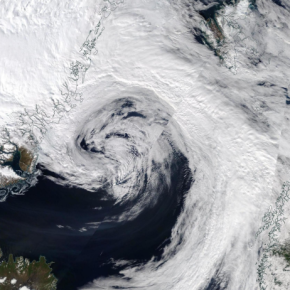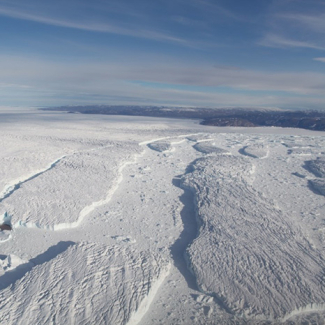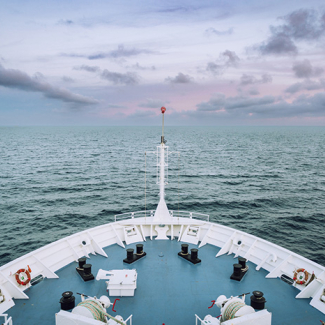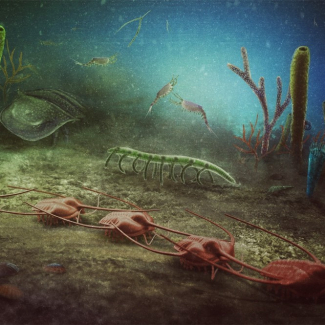
Flying through Arctic cyclones to improve weather prediction and climate models
In August 2022, two research aircraft equipped as airborne laboratories will fly over the Arctic Ocean on the lookout for polar cyclones. The goal is to better understand their dynamics and their connection with sea-ice loss, and to improve the way in which they are represented in weather prediction and climate models. Arctic cyclones are large-scale lows, typically a few thousand kilometres in diameter, which for the most part move around beyond the Arctic Circle, lasting for up to one to two weeks. Much less extensively studied than their temperate-latitude counterparts and potentially more difficult to predict, they are thought to cause rapid sea-ice loss events in summer. In turn, such events may have an impact on the development of Arctic cyclones.
A research team involving scientists from France, the UK and the US has joined up on Svalbard with the aim of studying the interactions between cyclones, clouds and sea ice. From 4-27 August 2022, the French component of the mission, coordinated by Gwendal Rivière and Julien Delanoë, meteorological researchers at CNRS and UVSQ1 , will focus on the clouds inside the cyclones. The properties of the clouds and precipitation (amount of cloud water and precipitation, droplet size and concentration, shape of ice crystals) will be studied using a combination of remote sensing instruments (radar, lidar and radiometer) on board an ATR-42 aircraft and in situ measuring instruments located under the aircraft's wings. The UK team's Twin Otter will fly low over the sea (at an altitude of less than 2 km) to study the exchanges taking place at the ocean/atmosphere and sea ice/atmosphere interfaces. Measurements from both aircraft should eventually help to improve the way clouds and sea ice are represented in weather prediction and climate models, and also make it possible to simulate Arctic cyclones more realistically.
The mission is funded by the Office of Naval Research (United States), the CNRS and the French Space Agency (CNES) (France), and the Natural Environmental Research Council (United Kingdom).
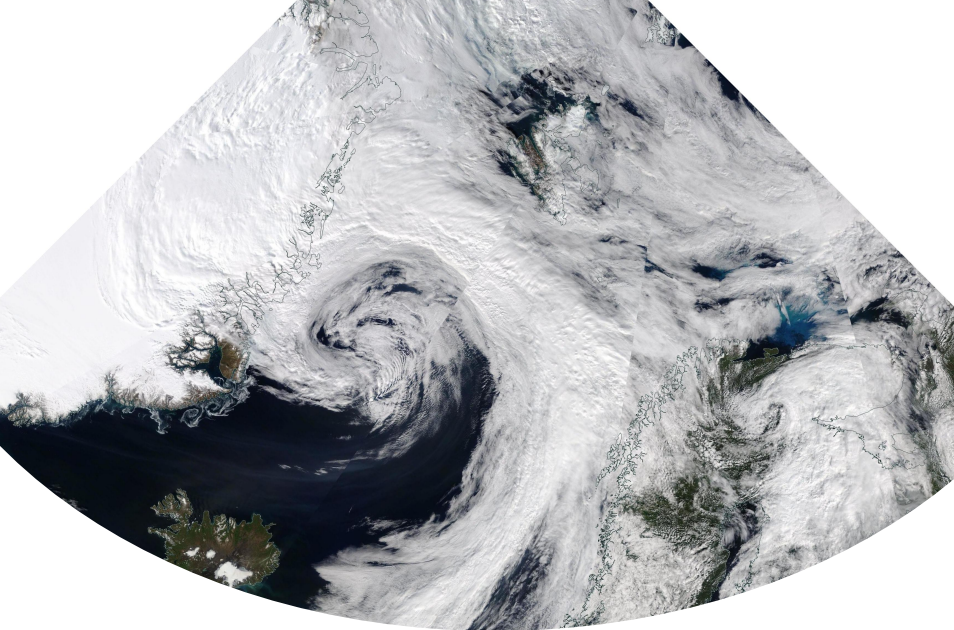
© NASA Worldview
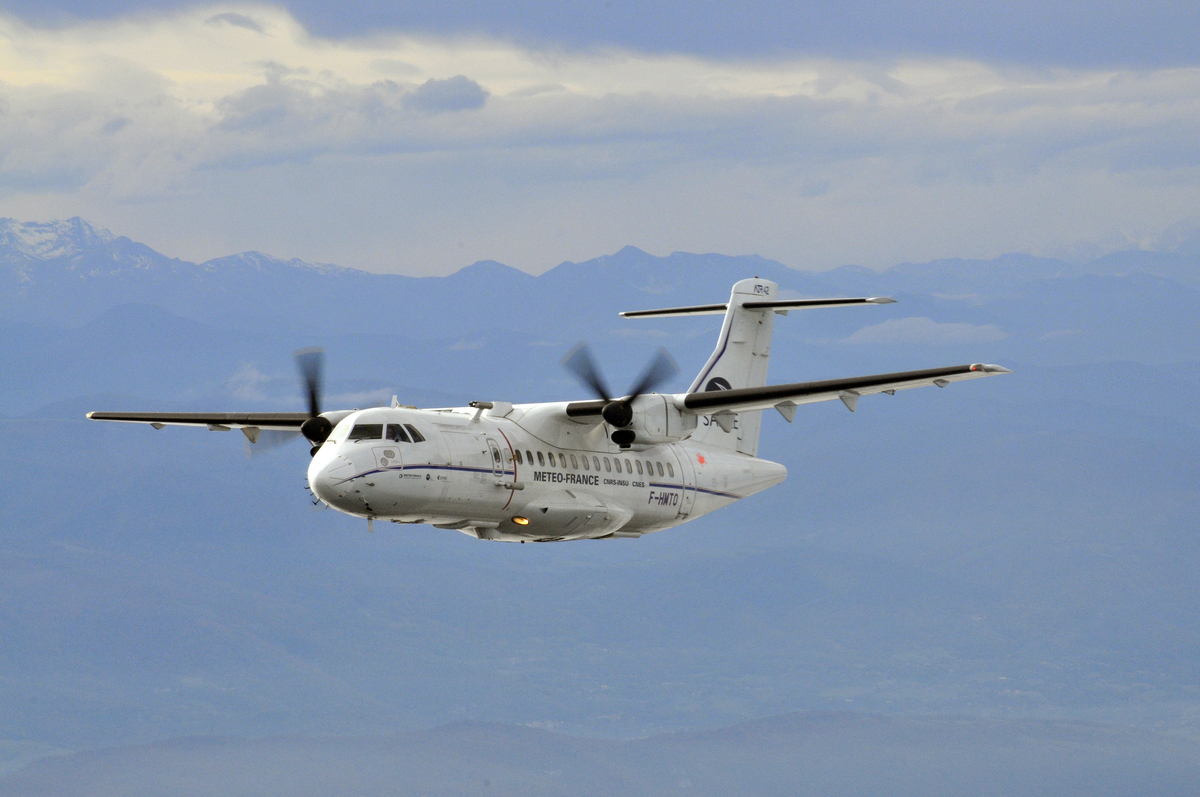
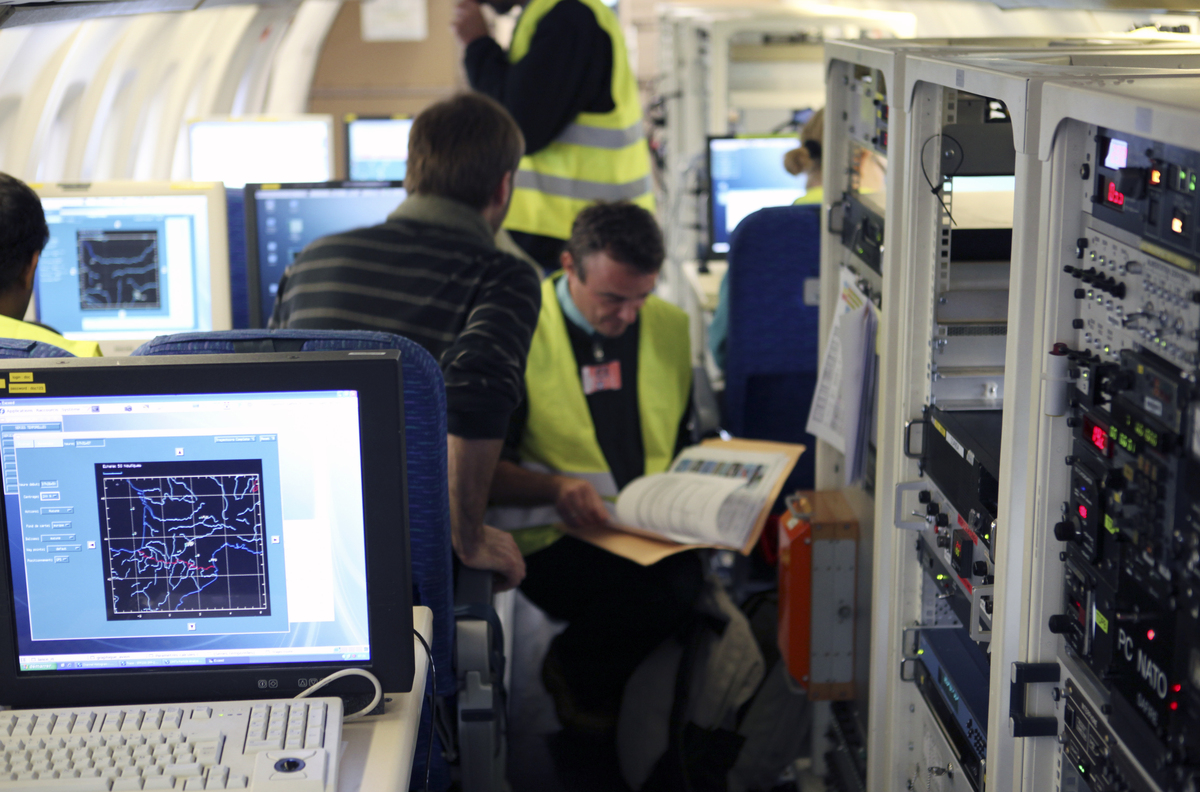
© Cyril FESILLON / Safire / CNRS Photo library
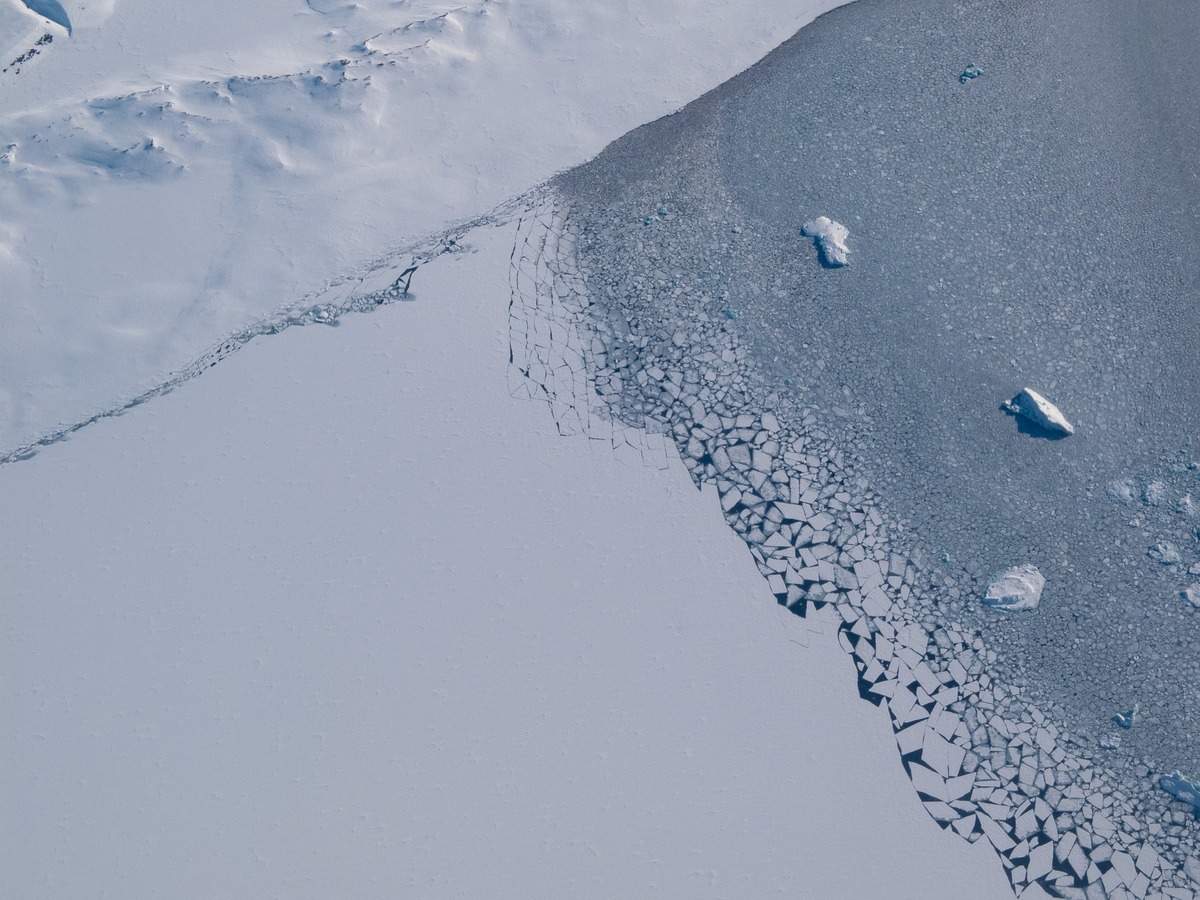
© Erwan AMICE / CNRS Photo Library
Pictures of the campaign should be available during August, once the campaign has started.
To find out more
French team website: https://ralithinice.aeris-data.fr/
UK team website: https://research.reading.ac.uk/arctic-summertime-cyclones/
- 1On the French side, the campaign involves scientists and instruments from the Dynamic Meteorology Laboratory (CNRS/ENS-PSL/Institut Polytechnique de Paris/Sorbonne Université)*, the Atmospheres and Space Observations Laboratory (CNRS/Sorbonne Université/UVSQ)*, the Physical Meteorology Laboratory (CNRS/Université Clermont Auvergne), the French Instrumented Aircraft Service for Environmental Research (SAFIRE) (CNRS/CNES/Météo-France), the National Centre for Meteorological Research (CNRS/Météo-France), the Laboratoire d’Aérologie (CNRS/Université Toulouse III – Paul Sabatier) and the AERIS Atmosphere and Data Services Centre, as well as US colleagues from the University of Oklahoma. The UK component of the campaign involves the Universities of Reading and East Anglia, and the British Antarctic Survey. * Both laboratories are part of the Institut Pierre-Simon Laplace (IPSL).
